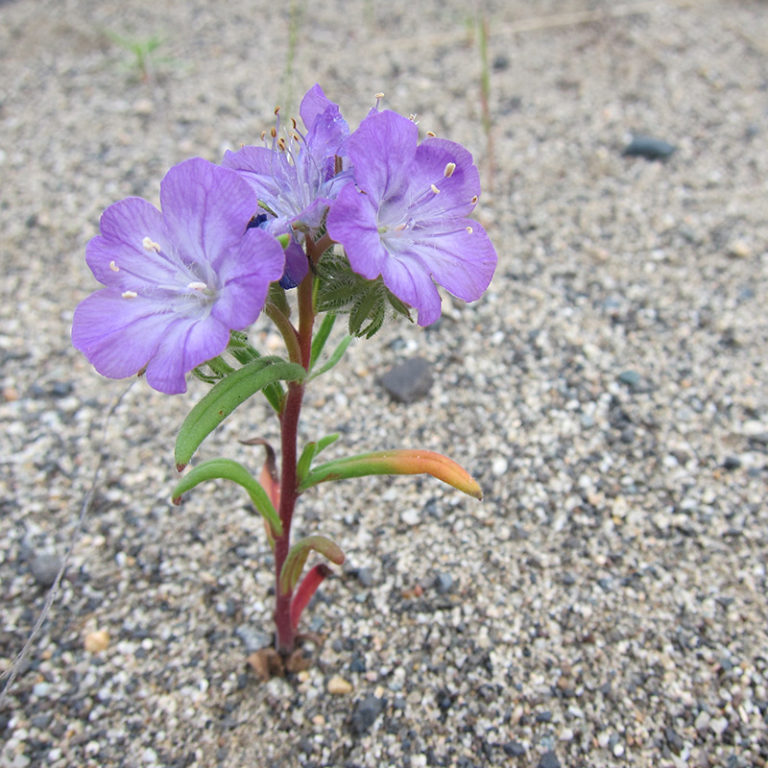ProSource Technologies Inc. & Cascade Natural Gas
To reduce fuel costs and greenhouse gas emissions, DOE has proposed to make natural gas available to Hanford Site facilities. In support of a biological assessment, the EAS team conducted botanical and wildlife surveys to identify and quantify potential environmental impacts of constructing, operating, and maintaining a natural gas transmission line on DOE and non-DOE lands. Surveys also were conducted to verify and update baseline information included in the Biological Resources Management Plan (BRMP).
To adequately assess potential project disturbances EAS team botanists focused on locating and documenting occurrences of BRMP-defined priority species and habitats in the study area. State conservation species located included Coyote tobacco, Thompson’s sandwort, and hairy bugseed. Wildlife teams documented locations of burrowing owl nests and ground squirrel colonies along the proposed 30-mile-long corridor. Specialists also documented significant aggregations of special-status butterflies and invertebrates and a relative abundance of sagebrush lizards in the study area using GPS points or polygons.



